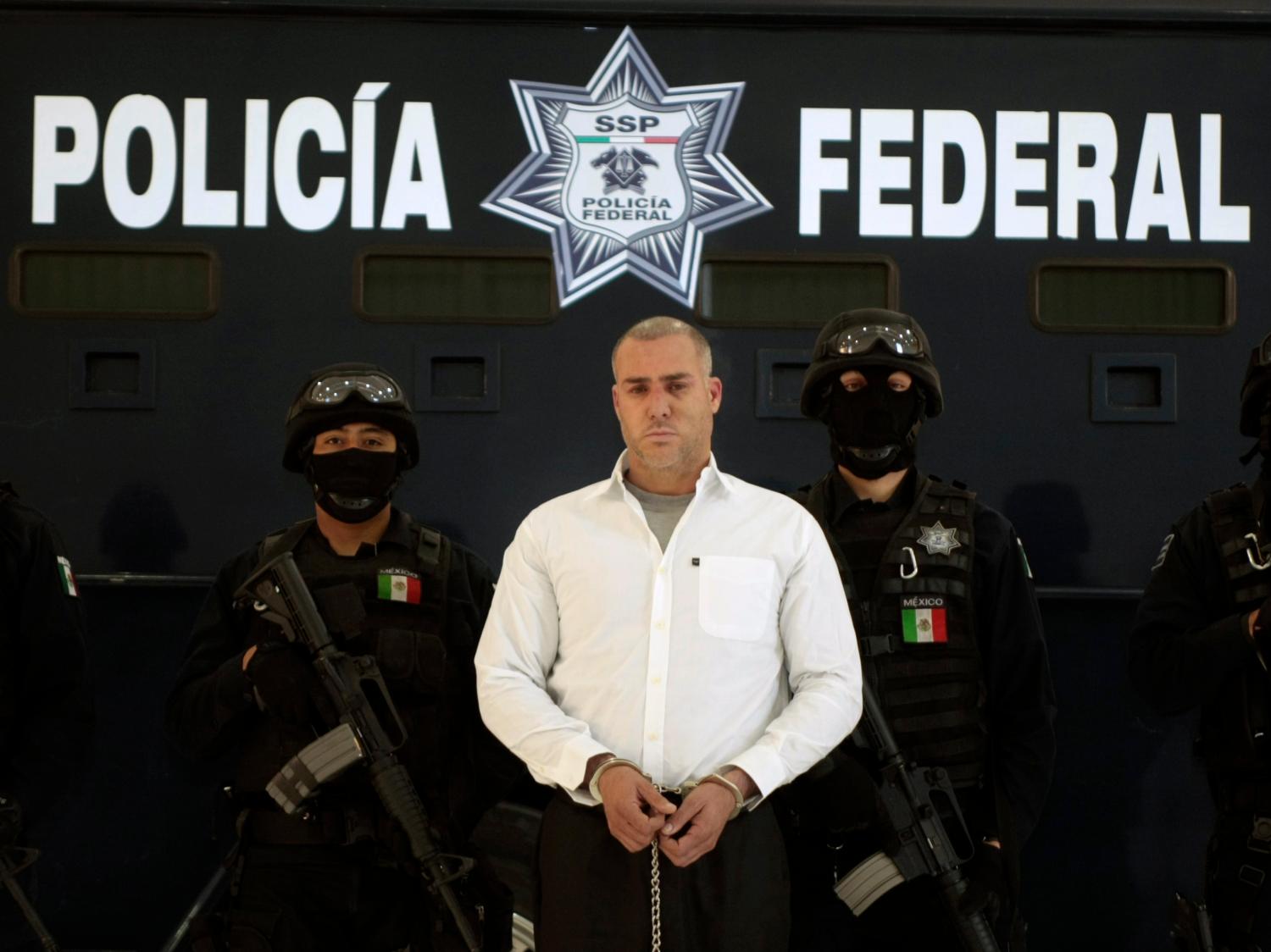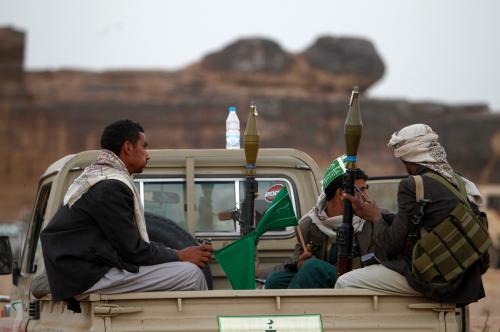Introduction
Over the past decade, decapitation, particularly high-value targeting (HVT), has come into vogue and is being increasingly applied in a variety of counterterrorism, counterinsurgency, and anti-organized crime settings around the world. There are several reasons for this widespread adoption of high-value targeting as a dominant interdiction pattern.
First, there is a long tradition of interdiction focused on high-value targeting in counternarcotics efforts in Latin America, which features some key successes, such as those against the Medellín and Cali cartels. Second, over the past decade, HVT delivered some crucial successes in counterterrorism efforts – such as against al Qaeda in Iraq, where the HVT policy was crucially supplemented by mobilizing Sunni tribes to break with Al Qaeda; and in Pakistan against al Qaeda Core. In Pakistan, HVT has been conducted both by controversial bombings, including from unnamed platforms, and to a lesser extent by land-based interdiction teams against presumed high-value al Qaeda and associated militant group operatives. Whatever its complex side-effects in terms of civilian casualties, the growth of anti-Americanism among Pakistanis, and an overall worsening of U.S.-Pakistan relations, these interdiction operations dramatically degraded the capabilities of al Qaeda’s original and most lethal core that had the greatest capacity to conduct terrorism with global reach and hit far-away targets. There are other historic antecedents and renowned successes of the use of high-value targeting by specialized interdiction units (SIUs) in counterterrorism and counterinsurgency contexts, such as the capture of Abimael Guzmán, the leader of the Shining Path. His capture critically contributed to the demise of a vicious and potent Communist insurgency in Peru.
“High-value targeting,” though not always truly focused on top-level operatives, has also been enthusiastically embraced by the United States in Yemen and Somalia for striking presumed al Qaeda or Shabab targets – the HVT tactic itself often elevated to the level of strategy in the absence of a broader policy approach.
Third, the mantra of fighting narcoterrorism by eradicating illicit crops turned out to be highly problematic. Eradication did not deliver on its siren song of bankrupting militants; counterproductively, it strengthened the bonds between local populations and militants and undermined intelligence-gathering and hearts-and-minds efforts. Interdiction thus came to look as a far more appealing alternative.
Fourth, the bonanza of intercepts of communications among targeted criminals and militants that signal intelligence has come to provide over the past decade in Colombia, Mexico, Iraq, Pakistan, Afghanistan, and other parts of the world has also strongly privileged the focus and predominance of HVT.
Indeed, as detailed below, dropping eradication as a primary tool to combat narcoterrorism has been a positive evolution of policy. Embracing interdiction often makes sense since it avoids many of the counterproductive effects of eradication and can disrupt logistical chains of organized crime groups and militants.
However, high-value targeting has proven effective only under some circumstances. In many contexts, such as in Mexico, high-value targeting has itself been ineffective and in fact counterproductive; and other interdiction patterns and postures, such as middle-level targeting and focused-deterrence, would be more effective policy choices.
The analysis below first details why eradication of drug crops is ineffective in fighting the nexus of militancy and the illegal drug trade, using the presumed success story of Colombia as illustration. It then reviews interdiction operations in Colombia both against the Fuerzas Armadas Revolucionarias de Colombia (or FARC) and against the Colombian cartels. This is followed by a discussion of why transplanting such interdiction approaches to Mexico has proven deeply problematic, and an explanation of why middle-level targeting would be a better interdiction posture for Mexico. Fourth, the analysis points out the difficulties of implementing both high-value and middle-level targeting in counternarcotics and anti-Taliban operations in Afghanistan and the easy slippage of policies into indiscriminate broad-brush targeting patterns. Next there is a description of how the growth and successes of signal intelligence have further encouraged the predominance of high-value targeting. Sixth is an exploration of the challenges and pitfalls of standing up specialized interdiction units focused on high-value targeting in contexts of high corruption and poor quality police forces, such as in West Africa. The analysis concludes with a set of policy recommendations designed to shape interdiction postures and patterns to specific threat contexts; it sketches out such targeting patterns for anti-organized crime and counterterrorism contexts, and for the specific cases of Afghanistan, Pakistan, and Central Asia; Mexico and Central America; and West and East Africa.




